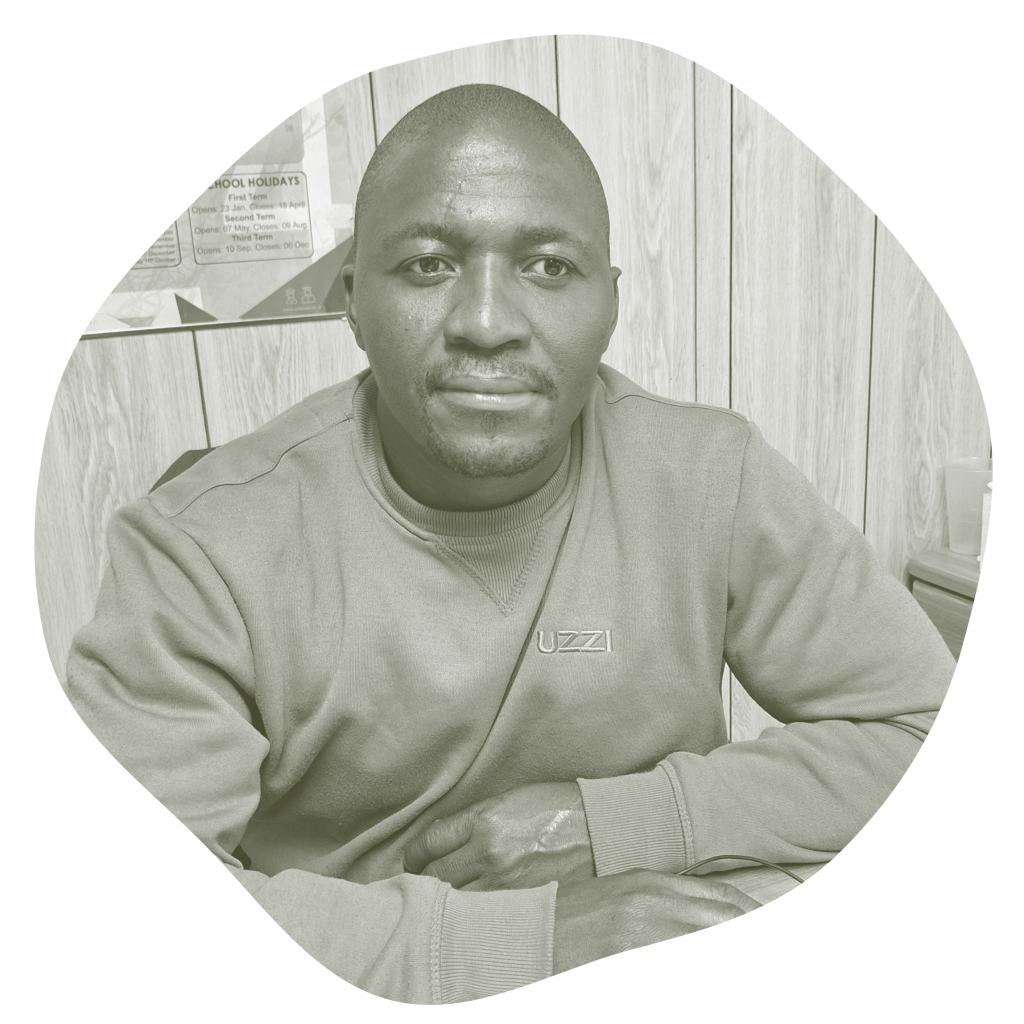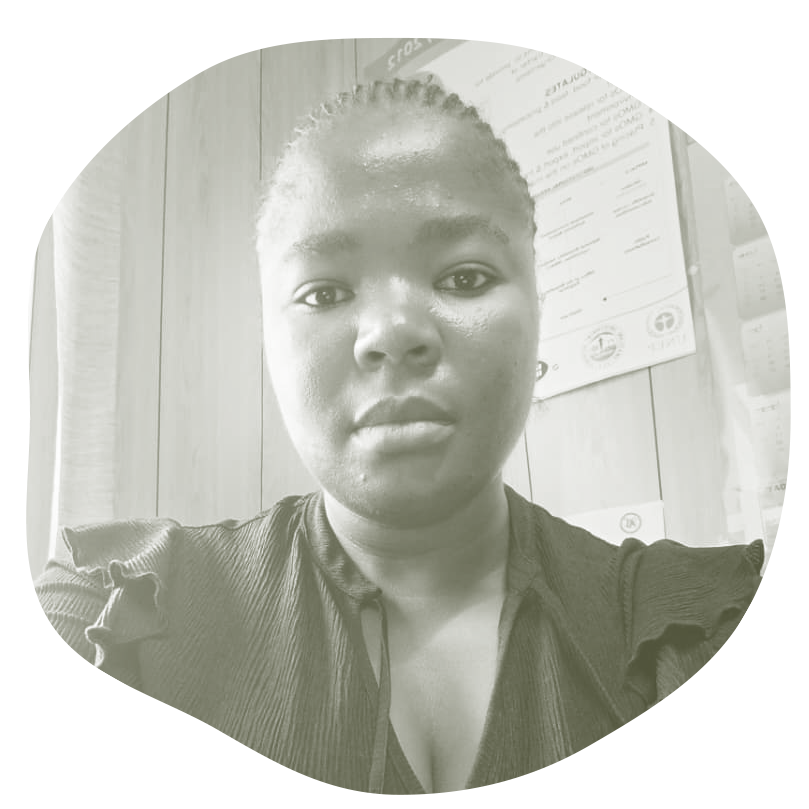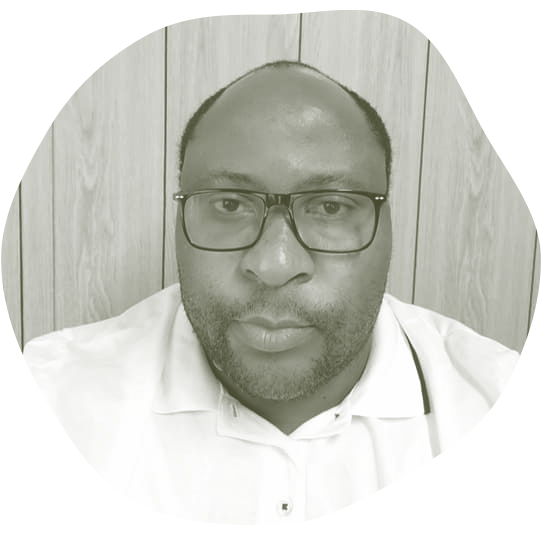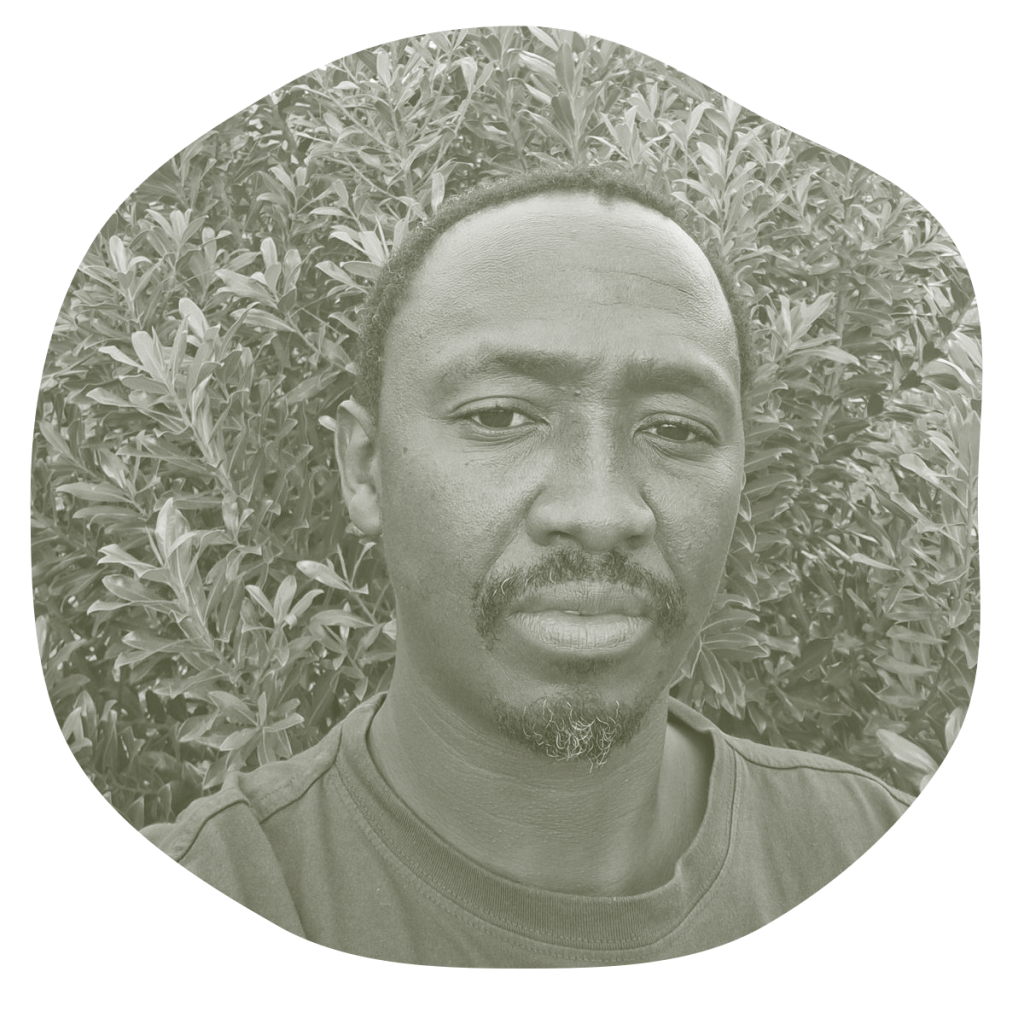Below is a collection of reflections from the researchers in Eswatini.
Crispin D. Gomes

The ICO project at Nkonjwa, Nokwane and Mahhoshe Communities
It has been a great pleasure to work on the Indigenous Climate Observatories (ICO) project, a collaborative project between the University of Eswatini under the Eswatini Institute for Research in traditional Medicine, medicinal and Indigenous food Plants (EIRMIP) and Malmö University in Sweden.
I have gained insight on the importance of conserving indigenous plants such as the pepper bark tree. I have learnt that human activities, such as unsustainable harvesting may have a negative impact on indigenous flora which may lead to extinction of indigenous genetic resource. Furthermore, the over-exploitation of genetic resource such as pepper-bark trees which are mainly sold for smaller amount of money may cost the future generation to have it restored. Eswatini, has a rich biodiversity, which if unmanaged could be depleted in a couple of decades to come. Therefore, it is imperative to devise mitigation strategies, such as the community awareness campaigns that were conducted by UNESWA and Malmo with other collaborative partners. During this campaigns, the communities were educated on the environmental protection of indigenous flora and the legislations that governs their use. It was a learning experience to work with people of different cultural backgrounds and age groups where sharing of information on environmental protection of indigenous flora and the basic principles of tree planting, which saw one pepper-bark tree being planted in each of the three communities. Lastly, it was a great pleasure to work with Dr. Liz who showed her unconditional love about the conservation of natural flora. Driving through that bumpy, dusty road under the hot African sun during the course of the project showed us how much she was dedicated on the project. Working with the EIRMIP team has taught me a lot, which among other things team work, dedication and hard work. I have realised through team work that hard work has never killed anyone, but has the potential to shape one’s experience.
Gugu Sibandze

When the Indigenous Climate Observatory project was conceived, I initially struggled with combining my traditional research methods, which were mostly experimental and scientific in nature, with the principles of participatory design. However, as we had more interactions and discussions about the approach, I began to see the light and I honestly went into the collaboration trusting Dr Lizette Reitsma because I had known her for some time. Now post this phase of the project, I cannot believe how rich the outcomes have been. Working and leading the team at the Eswatini Institute for Research in Traditional Medicine, Medicinal and Indigenous Food Plants (EIRMIP) already means working with a multidisciplinary team of experts, but partnering with Lizette was a new ball game that has shifted my perspective and approach to understanding the communities I work with. I am very grateful for the growth this collaboration has brought, not only to me, but my team. The project has also accelerated our conservation and sustainable utilisation of genetic resources advocacy and enhanced our partnerships with local stakeholders and policy leaders in the environment space.
Menzi Ngwenya

Working on the Warbigia salutaris observatory projects made me appreciate the importance of communities in the work we do every day. This is where you realise that scientific interventions alone are out-of-the-way and may not have desired impact if the community is not involved. In the Ngudzeni area, I learnt that it is the people from the community who know where the Warbugia salutaris trees are, where they used to be as well as the challenges regarding the plant. Of note is that they already knew that the plant was threatened even before the project started. This was an indication that they care about the flora and biodiversity at large that is around them. This is very appreciated for the future of our forests.
I also learnt that the local people are the key component for change and restoration for the Warbugia salutaris and the forests at large. However, most of the community members lack knowledge and empowerment to prevent the exploitation of their forests. I observed how eager they were to learn about the regulations surrounding the protection the plants and the rights of the plants. They also suggested initiatives that can help with the restoration, such as domestication of the Warbugia salutaris. That to me showed that if they are taught and empowered, the exploitation would be reduced because the people would not be deceived into believing what is not true and would take lead in protecting the forests.
Meshack N. Dludlu

The project: Assembling Indigenous Climate Observatories: Local Knowledge for Local Action has profoundly impacted my understanding of biodiversity conservation and the sustainable use of resources in Eswatini. This collaborative initiative between the University of Eswatini’s Eswatini Institute for Research in Traditional Medicine, Medicinal and Indigenous Food Plants (EIRMIP) and Malmö University, highlighted the rich biodiversity of Eswatini, which boasts over 3,500 plant species within a mere 17,400 km². This diversity is not only a natural treasure but also a vital resource for over 85% of the population that relies on traditional medicine for primary healthcare.
Through this project, I recognized the intricate connection between traditional medicine and cultural traditions in Eswatini. It accentuated the idea that traditional healing practices address not only physical ailments but also the socio-cultural needs of individuals, emphasizing a holistic approach to health. The engagements with local communities revealed that to foster sustainable biodiversity practices, we must initiate respectful and transparent dialogues that honor their beliefs and experiences. This engagement is crucial for understanding their perspectives on environmental challenges and potential solutions.
Our work with communities in areas that harbored the threatened Warburgia salutaris plant illuminated several underlying issues driving its overexploitation. While immediate threats like overharvesting were evident, deeper socio-economic factors such as poverty and unemployment emerged as significant contributors. Many individuals resort to exploiting biodiversity for their livelihoods due to these pressing economic challenges. This realization underscored the necessity of a holistic approach to conservation – one that integrates ecological sustainability with socio-economic development.
The conversations we had with the local communities were enlightening. They expressed a clear need for strategies that address not only the conservation of species like Warburgia salutaris but also the broader socio-economic conditions that lead to their exploitation. This experience reinforced my belief that effective biodiversity conservation requires addressing systemic issues such as poverty and unemployment. Only by tackling these root causes can we hope to reduce pressure on our natural resources.
Looking forward, I advocate for a multi-faceted approach to biodiversity conservation that prioritizes community engagement and empowerment. This includes:
- Integrating Indigenous Knowledge: Recognizing and incorporating traditional ecological knowledge into conservation strategies can enhance the effectiveness of these efforts.
- Supporting Sustainable Livelihoods: Developing alternative income-generating activities can alleviate reliance on biodiversity exploitation.
- Promoting Education and Awareness: Educating communities about sustainable practices and the importance of biodiversity can foster a culture of conservation.
- Facilitating Policy Dialogue: Engaging policymakers in discussions informed by community insights can lead to more effective conservation policies that reflect local realities.
In conclusion, my involvement in this project has been transformative. It has deepened my understanding of the complexities surrounding biodiversity conservation in Eswatini and highlighted the importance of addressing socio-economic factors alongside environmental concerns. Moving forward, I believe that fostering genuine partnerships with local communities will be essential in creating sustainable solutions that benefit both people and nature.
Nondumiso Magagula

Education and research on natural resources is the unilateral evolution of indigenous knowledge systems into impactable solutions to human health/wellness and environmental sustainability. Working with local communities on this project has proven that unshared knowledge has insignificant value, but shared knowledge possesses amplified value and benefit to society and the environment. Working together is the only way humanity can conserve nature for the benefit of our future generations.
Patricia Carmichael

Over the years, I have witnessed numerous conservation initiatives in the country spearheaded by government and non-governmental organisations. Most of these initiatives had little or no involvement of local community members in field data collection, but this project was unique in that members of the affected communities collected population data for the target species (Warbugia salutaris) with the researchers. Such a participatory approach instilled a sense of ownership while also making community members primary witnesses to the over-harvesting and exploitation of their own natural resources by non-residents who have business interests in the absence of a proper sustainability plan and benefit-sharing agreement.
I must also appreciate the youth’s active participation in one of the study areas at Ngudzeni. Most community projects struggle to get youth to fully participate and commit to an activity. In most cases, the elderly attend the meetings. This was a strength to the project since the illegal harvesters of Warbugiasalutaris engaged local youth, hence their participation in the project educated them on the importance of plant conservation and how they can protect their natural resources for the benefit of future generations.
Vusumuzi Vilane

Our engagements with the communities were indeed a celebration of nature and community spirit! Thrilled and inspired, all three communities answered the call to conserve flora for future generations, demonstrating their recognition of the importance of protecting abiotic elements that sustain life. Together, we explored sustainable practices, blending tradition with innovation. It was a powerful reminder that protecting our environment starts with all of us!
